More Than 120 Protesters Blinded by Iranian Agents, Probe Confirms
UC Berkeley’s Human Rights Center says the victims, most aged 30 and under, suffered partial or full loss of sight in the government crackdown on protests demanding women’s rights.
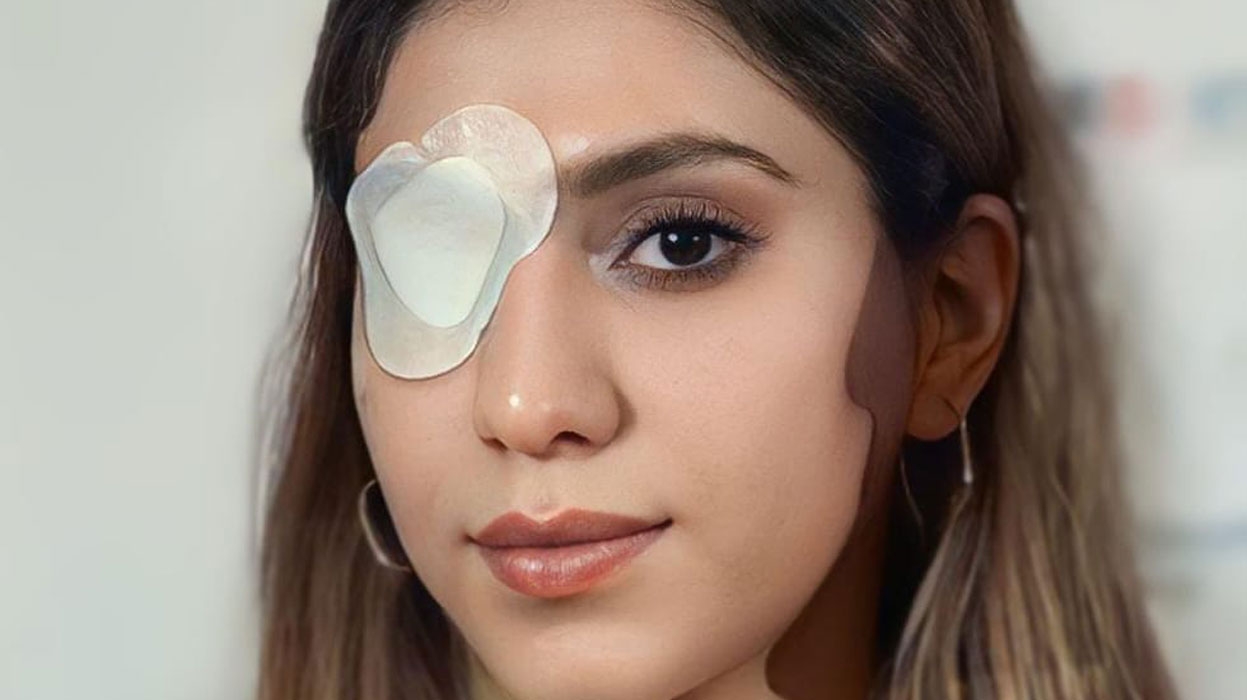
The Human Rights Center at UC Berkeley has verified for the first time that roughly 120 people lost some or all of their sight when Iranian security agents firing shotguns, paintball guns and even tear gas canisters cracked down on women’s rights protests that erupted in late 2022.
Center investigators stop short of saying that security forces broadly intended to blind the protesters. But some of the victims were shot in the face at close range, and evidence in other cases also supports that conclusion, according to analysis presented Tuesday (March 19) during a side event as the U.N. Human Rights Council met in Geneva, Switzerland.
Many of the victims were students, and the majority were 30 years old or younger, according to Berkeley’s student-led investigative team. One confirmed victim was a 5-year-old girl standing on a balcony as demonstrations took place on the street below.
“As I reviewed photos of injuries and videos of protestors being beaten and shot at, I saw people who were young, like me, and also many women, like me,” said senior Melinda Zou, a co-leader of the team.
“I saw the bravery of people our age — university students taking to the streets and putting their lives on the line — and that really resonated with me.”
Alexa Koenig, faculty co-director of the Human Rights Center, said the data presented by Berkeley and its partners eventually could serve as evidence in prosecutions to hold Iranian leaders and their agents accountable in international legal bodies.
In the meantime, Koenig added, the findings “can be used by journalists, human rights advocates and others to bring more attention to what's happening on the ground in Iran — and to advocate for a better future for the people who really are suffering the effects of government crackdowns.”
Koenig presented the Berkeley findings by video on a panel with Sara Hossain, a Bangladeshi lawyer who chairs the Independent International Fact-Finding Mission on the Islamic Republic of Iran. The investigative panel was established by the U.N. Human Rights Council in November 2022, and the council is now weighing whether to renew its mandate and to deepen its probe into Iran’s violent suppression of women’s rights campaigns.
“I will be living proof of the violent oppression in Iran”
Historic protests erupted in Iran in September 2022, after 22-year-old Mahsa Jina Amini was arrested and accused of failing to properly cover her hair with a hijab as required by the nation’s Islamic law. Amini died three days later, and while police blamed a heart attack, other women in detention with her insisted that Amini had been fatally beaten by police. In a report this month, a U.N. fact-finding panel concluded that she died from physical violence.
Her death sparked the “Women, Life, Freedom” protests across Iran, one of the most cataclysmic mass uprisings in the history of the Islamic Republic. Iranian security services responded with a ruthless crackdown: News and human rights organizations reported that over 500 people were killed in the weeks after Amini’s death, including dozens of women and children. More than 20,000 were detained or imprisoned. Others were beaten, tortured or raped.
Some reports indicated that over 500 protesters had been blinded by Iranian security forces. However, that number was not easily confirmed.
Two of the victims made presentations at the Geneva event Tuesday.
One, Kosar Eftekhari, was a student and theater performer in the Iranian capital of Tehran when mass protests exploded against Amini’s death. On Oct. 12, 2022, Eftekhari was among the protesters when, she says, a security agent threatened to shoot her in the eye with a paintball gun.
And then he pulled the trigger. In interviews, Eftekhari has charged that the shooting was intentional — and that the agent smiled just before he fired.
Even as she sought medical treatment, she continued to speak out publicly. Finally, after being sentenced to a 5-month prison sentence for “propaganda against the state,” she fled to Iraqi Kurdistan. Today she lives in Europe on a humanitarian visa.
“My eye is a mark of the crime and the cruelty committed by the Islamic Republic,” Eftekhari said in a recent news report. “Wherever I go, I will be living proof of the violent oppression in Iran.”
A second speaker at the event in Geneva was 27-year-old Hossein Noorinikoo. Educated as a computer scientist, Noorinikoo had been employed as a hospital administrative worker when Amini was killed. In a video interview with Berkeley News, he said he joined the protests a few days after Amini’s death. He was motivated by the belief that women should be able to wear what they want — and also by a broader objection.
“The Islamic Republic believes that the lives of Iranian people are worthless,” he said through a translator. “That is not something new — we’ve known it forever. But this awareness ... came more to the surface, and it brought us to the boiling point. We came to the street to tell the Islamic Republic: ‘We know our lives are nothing for you, but we are here to defend them.’”
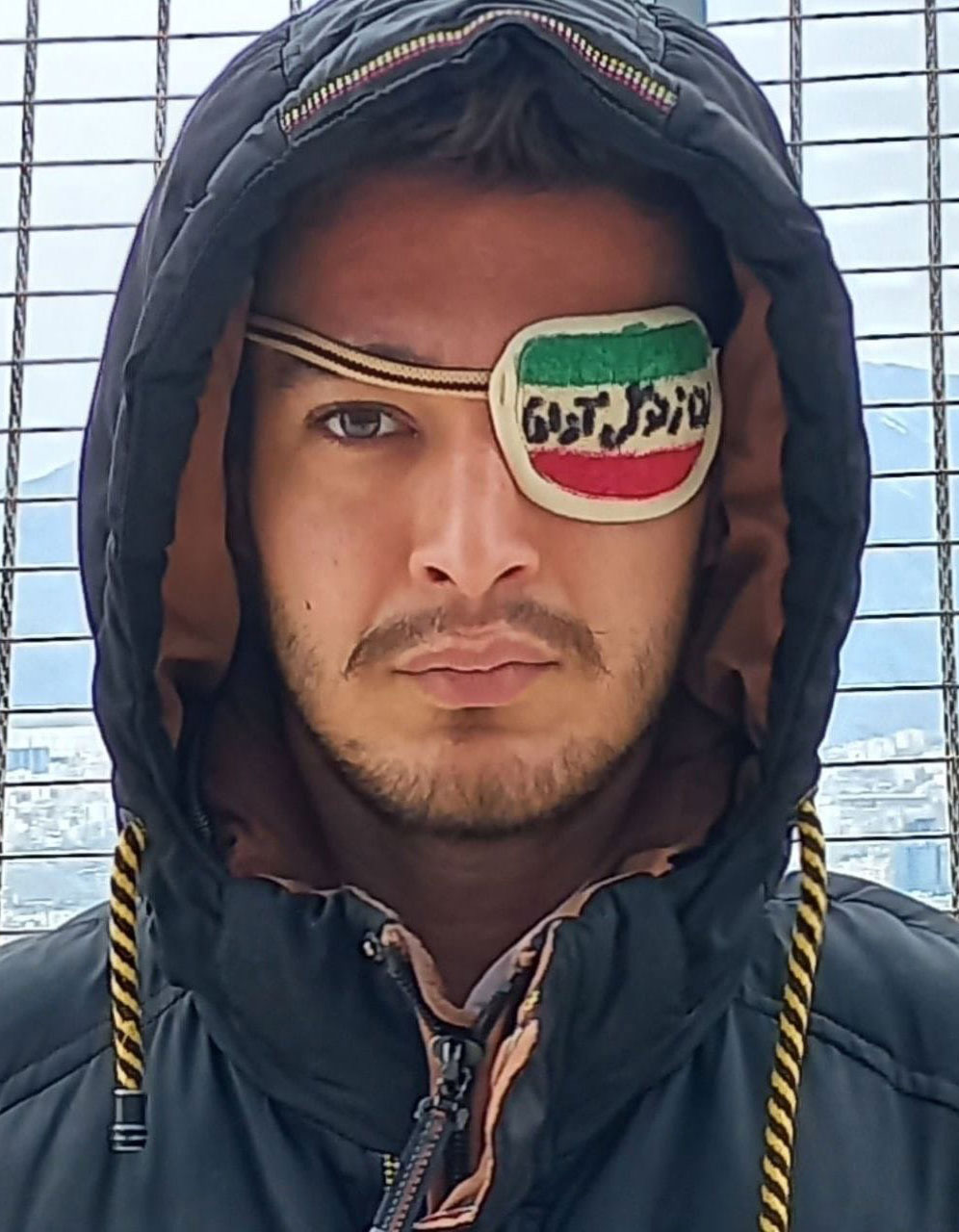
Noorinkoo, now 27, said he was among a throng of protesters in one of Tehran’s main intersections when 50 or more motorcycles roared in and began to attack the crowd. Shots were fired. One spray of plastic pellets, shot from across the intersection, hit him in the face, shredding the retina of his left eye.
When he fell to the street, a woman helped get him out of the melee and into a quiet alley. They hid under a car until things quieted, then knocked on doors until someone let them in.
An ambulance came, but refused to take him for emergency care. When he finally made his way to a hospital, the staff wouldn’t treat him. A second hospital admitted him through a back door, and medical staff removed five pellets from his eye. Then, though he was in excruciating pain, they sent him home.
As Noorinikoo healed, he was so angry about what had happened that he escalated his protests. He painted anti-government graffiti in public spaces. He publicly knocked the turban off a cleric’s head.
Finally, fearing that arrest — and a risk of execution — were inevitable, he flew to Turkey. Today, he’s in a refugee camp in Europe. He has an artificial retina, but almost no sight in his left eye. He’s networking with others who have lost their sight at the hands of Iranian security forces — he says 1,500 have been blinded. And he’s continuing his anti-government activities.
An exhaustive effort to verify victims blinded by security forces
The U.N. Human Rights Council formed its fact-finding mission even as the violence continued in November 2022. The council called on interested organizations to contribute to the probe.
Along with Berkeley, other top-level organizations convened under the umbrella of the Washington, D.C.-based Atlantic Council: the Berlin-based NGO Mnemonic; UCLA’s Promise Institute for Human Rights; and Amnesty International’s Digital Verification Corps. They joined with Iranian researchers and their colleagues at the Iran Human Rights Documentation Center and at the Azadi Archive to develop a massive digital archive of open-source information.
Berkeley took on two strands of the investigation, focusing on victims who had lost some or all of their sight and on gender-based violence.
With support from professionals at the center, Zou and third-year Berkeley student Madeleine Wong are leading a small team of student investigators who have pored over hundreds of social media photos and videos posted by victims and citizen journalists — many of them featuring graphic images of protesters being shot in the head or face. News articles and other texts have provided additional details.
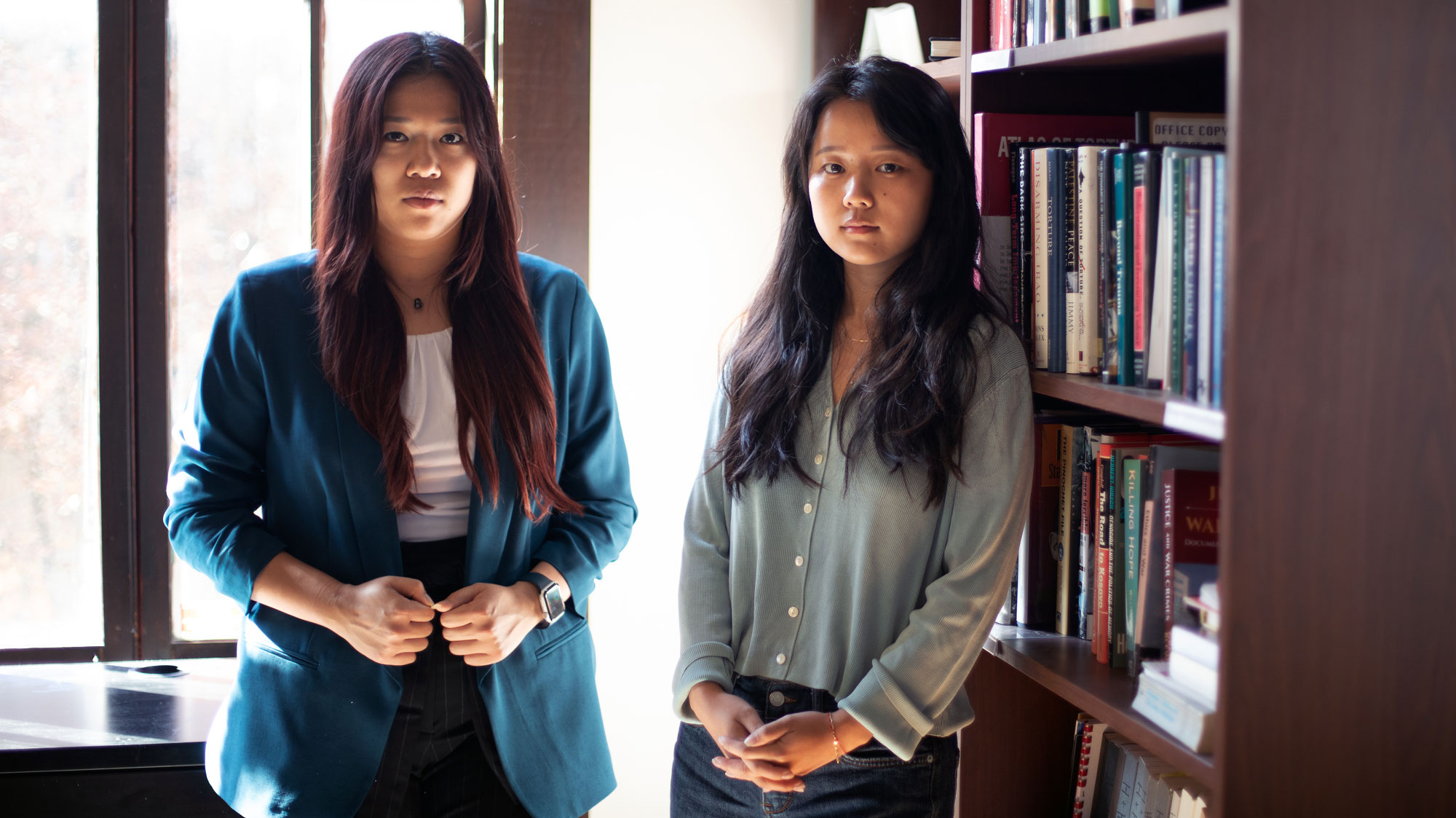
While their final report is still under development, the Berkeley team has verified more than 120 incidents in which protesters were partly or fully blinded by Iranian security agents. Through rigorous cross-checking of data, they established the victims’ names, genders and ages, the dates and locations where the violence occurred, and other details.
They also created profiles for each of the victims and loaded all their data into an interactive map.
Haunting patterns in Iran’s official violence
In that data, the investigators saw patterns suggesting that security forces often acted deliberately to blind and disfigure protesters. And some of the worst violence was directed against women, Koenig said.
The investigators cited one Western news report that women were frequently shot in the face, breasts or genitals; men, on the other hand, were more often shot in the back, buttocks and legs.
“This wasn't just ad hoc firing into a crowd to get people to disperse,” Koenig said. “There may have been an intentionality to the blinding. We’ve seen ... patterns that have been recognized by other groups as well: Women being shot in the face at a prevalence that was surprising. And that would suggest that maybe there is a pattern emerging of women in particular being targeted in their face, as well as some men.”
Among other patterns noted in the investigation:
- The most common weapon used in the attacks was a shotgun or other firearm that can fire shells containing small “bird shot” pellets. Paintball guns and devices for firing tear gas cannisters also were used. The weapons were often fired at close range, from a distance of as little as five or six meters. Among the victims were two teenagers blinded after tear gas cannisters were aimed at their faces.
- Like Hossein Noorinkoo, some of the blinded protesters said they were shot by men in black who were riding motorcycles — possibly members of Iran’s infamous Basij security militia. And in some cases, like Eftekhari’s, the assailants smiled as they pulled the trigger or laughed after the shootings.
- Some reported that they were shot after being taken into an alley or another isolated area. Other victims were nowhere near a protest.
- Some reported that abuse and harassment continued after the shootings. Investigators found that some blinded protesters were later arrested. Some lost their jobs. Some were tortured.
Berkeley’s leadership in human rights investigations
Popular disenchantment with Iran’s tight controls of women have been a feature of the country’s life almost since the Islamic revolution in 1979, and with the death of Amini, that frustration exploded into rage. But Iranian repression of dissent has been so fierce, and access so limited for independent observers, that human rights experts struggled to get a detailed understanding of what was happening on the ground.
Berkeley’s Human Rights Center was uniquely positioned to see through the fog of conflict and the barriers erected by Iran’s government.
The center has long offered training to lawyers, journalists and advocates who focus on human rights. Its student-powered Human Rights Investigations Lab, founded in 2016, has deep experience in open-source assessment of rights violations.
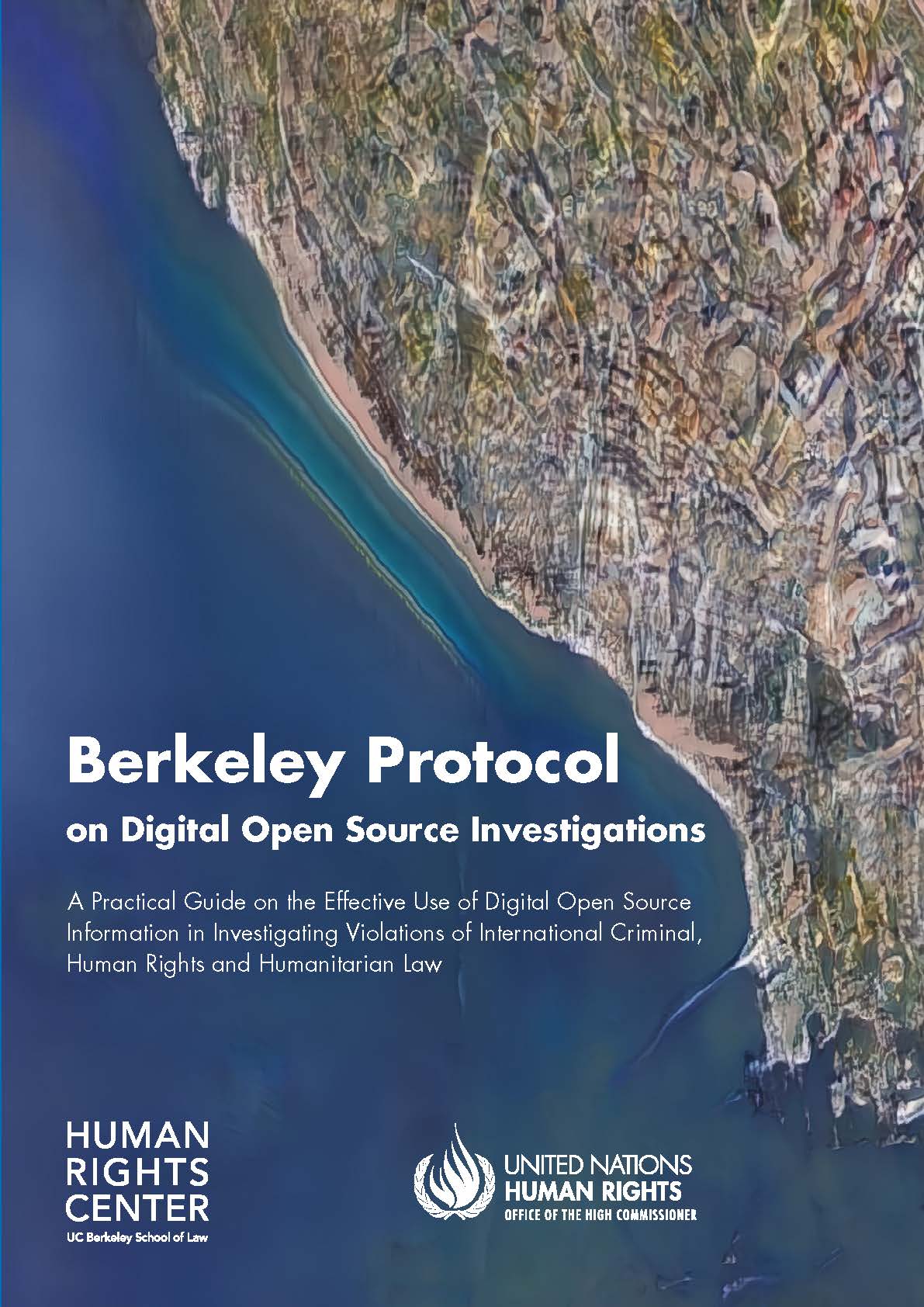
In 2020, the center helped the Washington Post in an investigation that found 12 Americans were blinded or partly blinded by law enforcement during nationwide protests over the police killing of George Floyd.
More broadly, the center was a leader in developing the Berkeley Protocol, a rigorously detailed framework for collecting, analyzing and storing data from social media and other open-source materials so that they meet the standards needed for evidence in the international prosecution of rights violations.
Even before the protocol was formally adopted by the U.N., it had been translated into Ukrainian and was being used by Ukrainian police, prosecutors and others to investigate Russian war crimes. The document also has been translated into six other languages.
When Volker Türk, U.N. High Commissioner for Human Rights, visited Berkeley last month to formally launch the protocol, he acknowledged Berkeley’s importance in the Iran investigation.
“It’s fantastic that we can do this work, and the Berkeley Protocol is a real visible example of that cooperation [between the U.N. and the Human Rights Center],” Türk told the audience. “For instance, the fact-finding mission on Iran does not have access to Iran. So as a result, this type of analysis is extremely important.”
A mission that resonates in Berkeley — and around the world
For Wong and Zou, the student leaders of the Iran project, several semesters of experience in state-of-the-art investigative techniques have prepared them to manage a complex, multi-partner project with a focus that’s remarkable for two undergraduates.
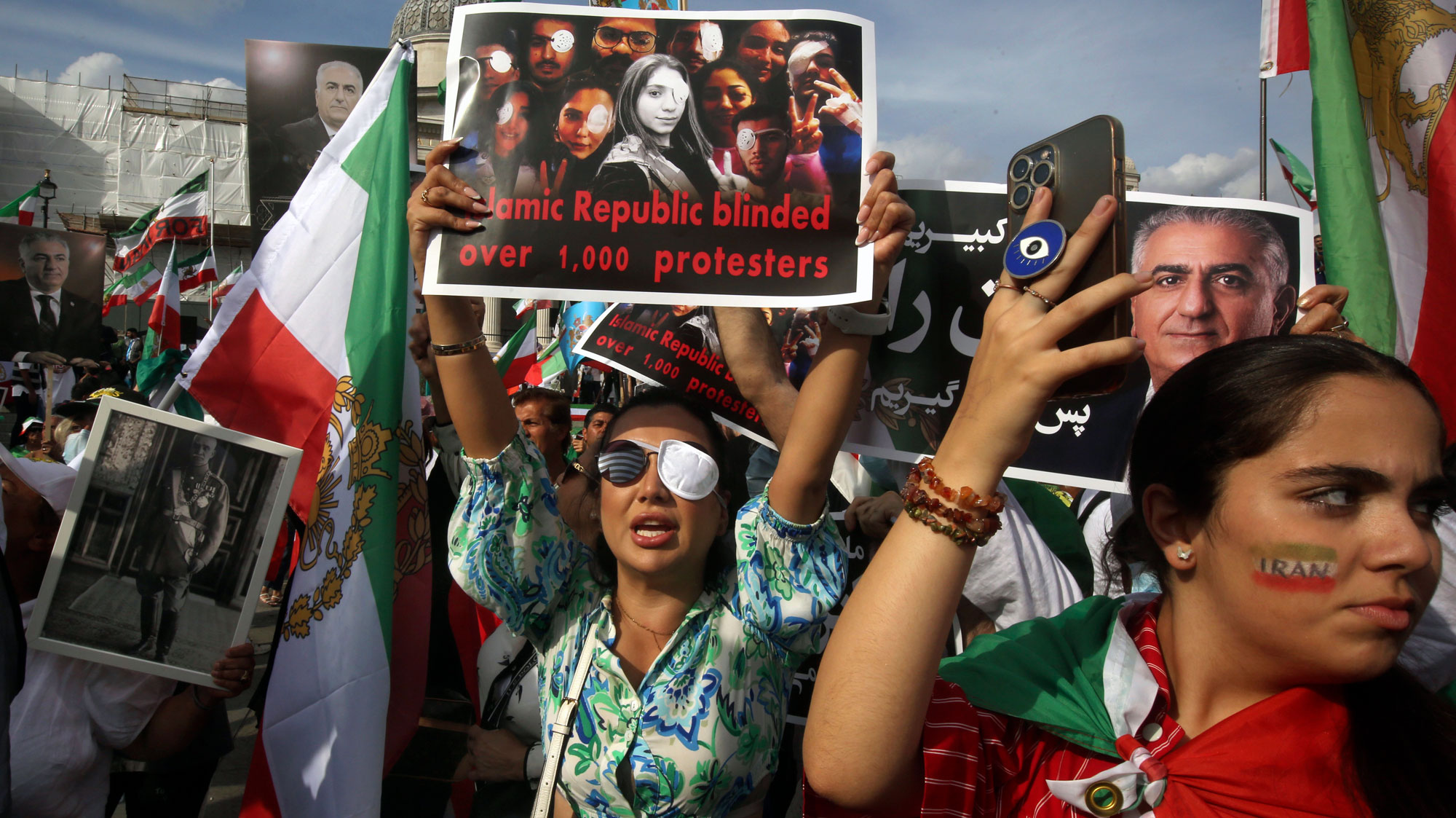
But in interviews, they said that the work resonated with them on a personal level, too. Wong described her early education at Notre Dame High School in San Jose, where women’s rights and women’s empowerment were a daily theme.
“The Women, Life, Freedom protests in Iran transcend religions and borders,” she said. “This is an issue that everyone in every country should care about. It's quite literally a government that's suppressing women's right to dress as they want to dress. They’re saying, ‘You have to abide by these laws or we will actually hurt you.’”
Koenig said the investigation seeks to defend the rights of the protesters and “to ensure that laws are applied globally in ways that are nondiscriminatory.”
But she, too, feels a human connection to the conflict in Iran.
The Berkeley probe aims to safeguard “the autonomy of women and girls to determine their lives and their futures, ranging from whether they secure an education to deciding how to dress,” she said. “And it's been inspiring to see the women and girls in Iran, and their supporters, come together to fight for women, freedom and life — goals that clearly resonate with people around the world, including here in Berkeley.”
